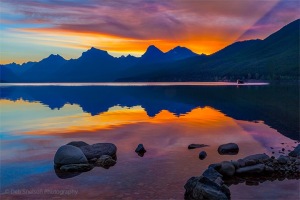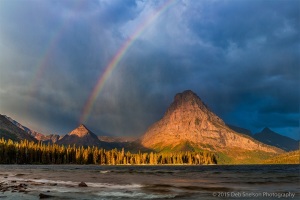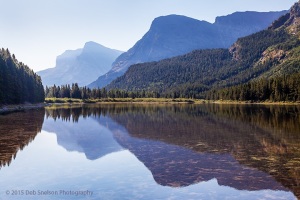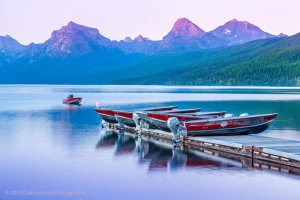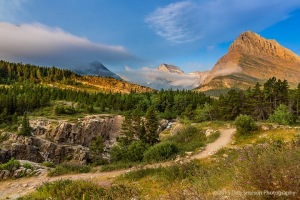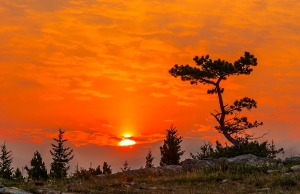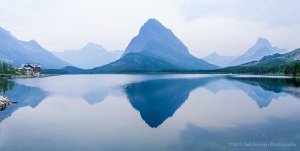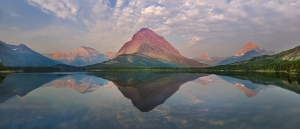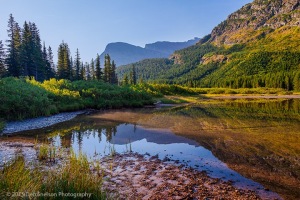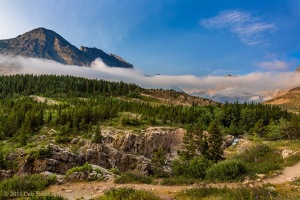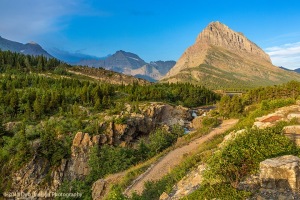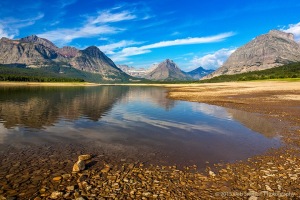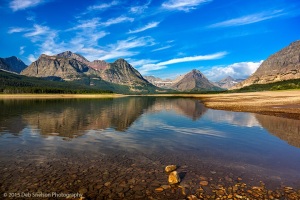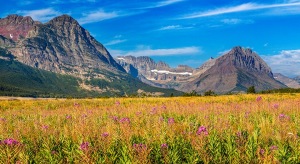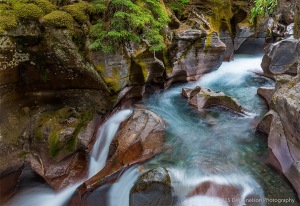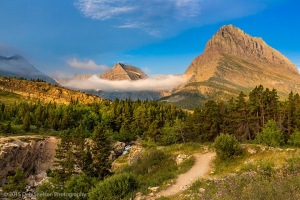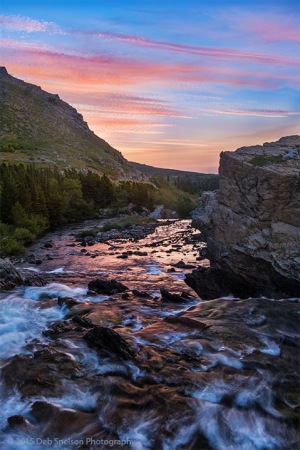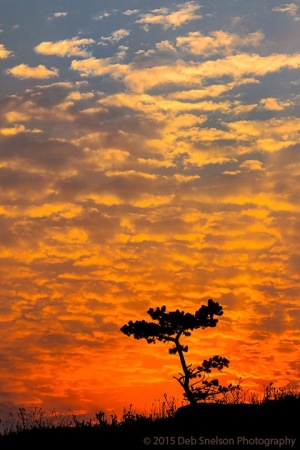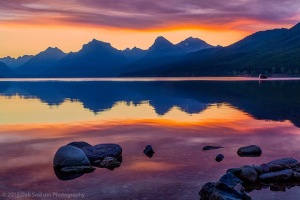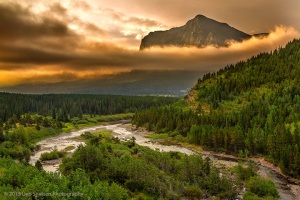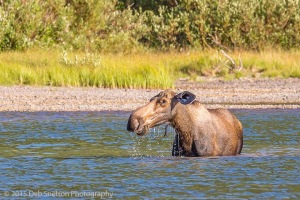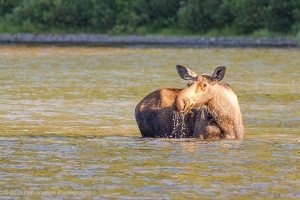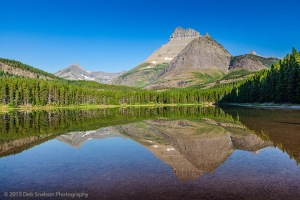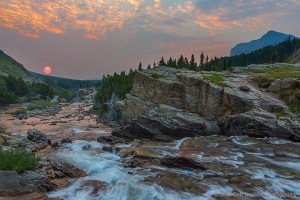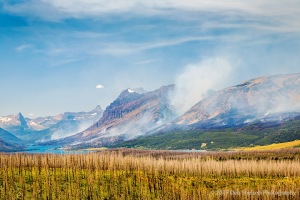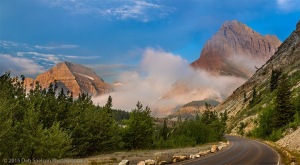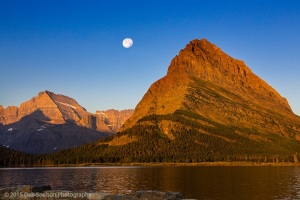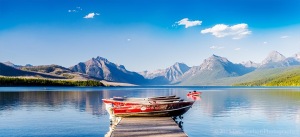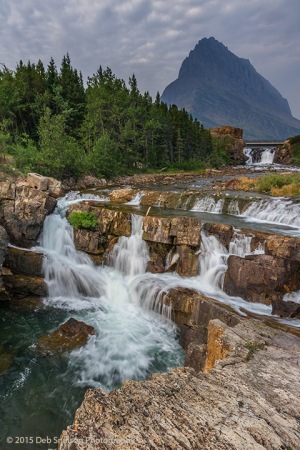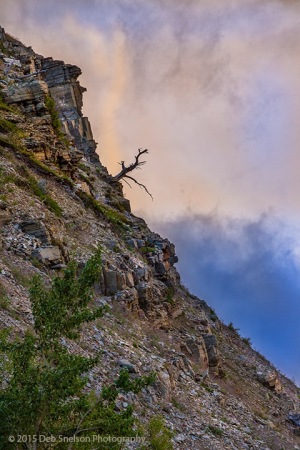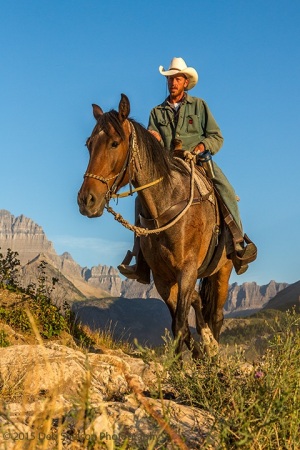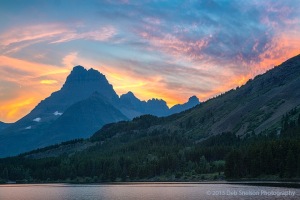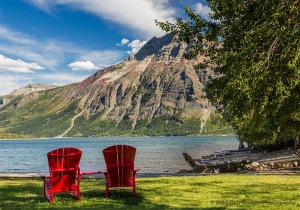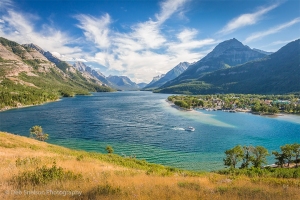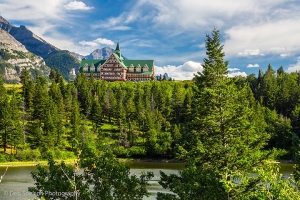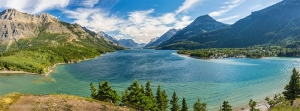Images in this Glacier National Park, Montana – USA, and Waterton Lakes National Park, Alberta – Canada, gallery were captured early August 2015 while the Reynolds Creek Fire raged on. Many images portray the smoke in the sky and special conditions brought about by the smoke such as a red sun and gray skies. Locations are repeated in many different conditions because the Going to the Sun Road was closed. I was intensely disappointed in the lack of access for this much-anticipated visit to the park. I had made so many preparations for photographing the Logan Pass, including purchase of a long lens – ouch! It is a lesson to all of us who enjoy the outdoors to be careful of campfires – the very nature travel to enjoy is threatened by inattention to any sort of fire during the dry months of summer. These images represent an attempt to make the best of the disappointing conditions. A couple of blog posts preceded this gallery with more information on the experience – Making the Best of Bad Timing, and Red Sun Sunrise and Glacier Revisited
One of the reasons I wanted to see Glacier National Park is that the very character of the park is changing every year. Grinnell Glacier has lost 90 percent of its ice in the last century. Of the 150 glaciers that speckled Glacier National Park at its founding in 1910, only 25 remain. The latest predictions indicate that all of the glaciers in Glacier National Park will be gone by 2030. Cause of death: slow retreat due to temperature rise.
At the bottom are a few images from Waterton Lakes National Park in Canada. In 1932 Glacier and Waterton were combined into the Waterton-Glacier International Peace Park, the first Peace Park to represent two different countries. At the time of inscription, the Peace Park commemorated the peace and goodwill our two nations share. Today, Waterton Lakes National Park and Glacier National Park use peace and goodwill to work towards shared management: protecting the water, plants, geology and animals that are found in the WGIPP. The Parks distinctive climate, physiographic setting, mountain-prairie interface, and tri-ocean hydrographical divide have contributed to its designation as a UNESCO World Heritage Site in 1995.
